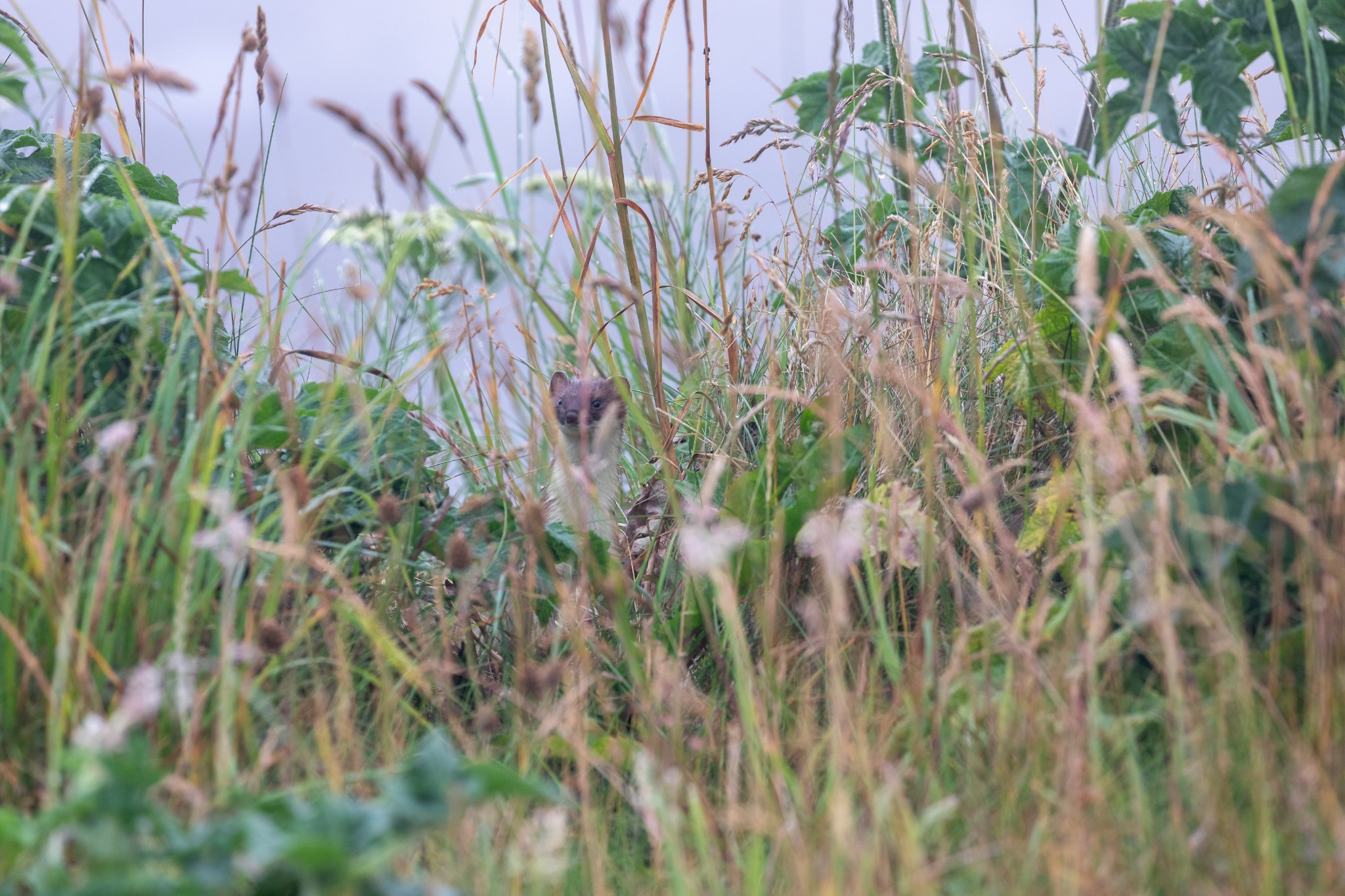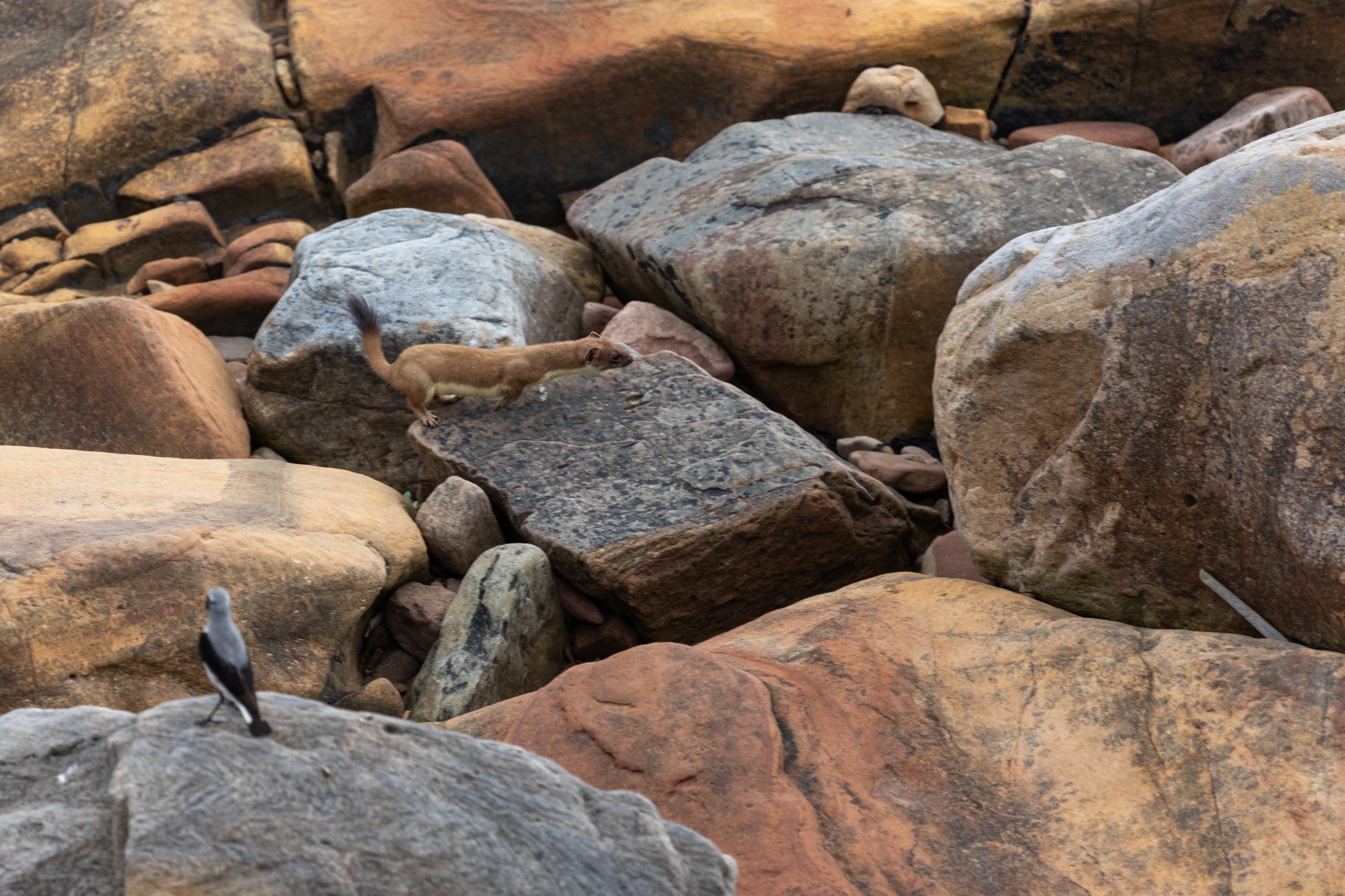On an October night in 2006, John Kelly, an 89-year-old Irishman, had an unusual encounter with a stoat.
Speaking to The Mirror, Mr. Kelly said ‘I was asleep but I was woken by the pain’. The stoat, he continued, ‘had its head in my mouth and was sucking the blood out of me’. After managing to extricate himself from the stoat, Mr. Kelly threw it against his bedroom wall.
‘I was thinking I wouldn’t let it beat me’, he said. ‘I heard the thump of it hitting the bedroom wall and that was the last I heard or saw of it’. Police later searched the house but were unable to find the stoat.
This encounter made national headlines in 2006, both for its lurid details and the sheer weirdness of the story. Although common throughout mainland Britain and Ireland, stoats are typically shy, aloof, and rarely seen in their native habitat. For one to not only turn up in someone’s house, but bite a sleeping pensioner, caused considerable consternation.
While stoats don’t actually suck blood, Mr. Kelly can be forgiven for his mistake. When stoats bite, blood does sometimes run out of their nose, giving the impression that they are sucking blood. Also, it’s famously difficult to figure out exactly what’s going on when you’ve just woken up, and there’s a stoat in your mouth.
This incident is a singularity; it's hard to find any other accounts of unprovoked attacks by stoats on humans, asleep or otherwise. However, the phenomenon of stoats coming into people’s homes is one we are familiar with in Orkney.
Since the Orkney Native Wildlife Project began removing stoats in 2019, we have responded to numerous reports of stoats in people’s gardens and, yes, their homes.
Stoats love a rockery and will happily den near to people in Orkney. This is because they are invasive and have fewer predators and more food than on the UK and Irish mainlands, where they are native.
Less scared of predation and with enough food in the form of Orkney voles, ground-nesting birds, and seabirds to sustain an unusually dense population, Orkney’s invasive stoats are not averse to moving in with you!
Recently, our trappers responded to someone who had seen a stoat going in and out of their attic. Traps were set both inside and outside the house, and a young male stoat was successfully caught.
On another occasion, trappers responded to an unpleasant smell coming from beneath someone’s kitchen floorboards. On investigation, they discovered that a stoat had made a den, where stoats will often stash their kills.
Since the Orkney Native Wildlife Project began removing stoats in 2019, we have responded to numerous reports of stoats in people’s gardens and, yes, their homes.
Stoats love a rockery and will happily den near to people in Orkney. This is because they are invasive and have fewer predators and more food than on the UK and Irish mainlands, where they are native.
Less scared of predation and with enough food in the form of Orkney voles, ground-nesting birds, and seabirds to sustain an unusually dense population, Orkney’s invasive stoats are not averse to moving in with you!
Recently, our trappers responded to someone who had seen a stoat going in and out of their attic. Traps were set both inside and outside the house, and a young male stoat was successfully caught.
On another occasion, trappers responded to an unpleasant smell coming from beneath someone’s kitchen floorboards. On investigation, they discovered that a stoat had made a den, where stoats will often stash their kills.



